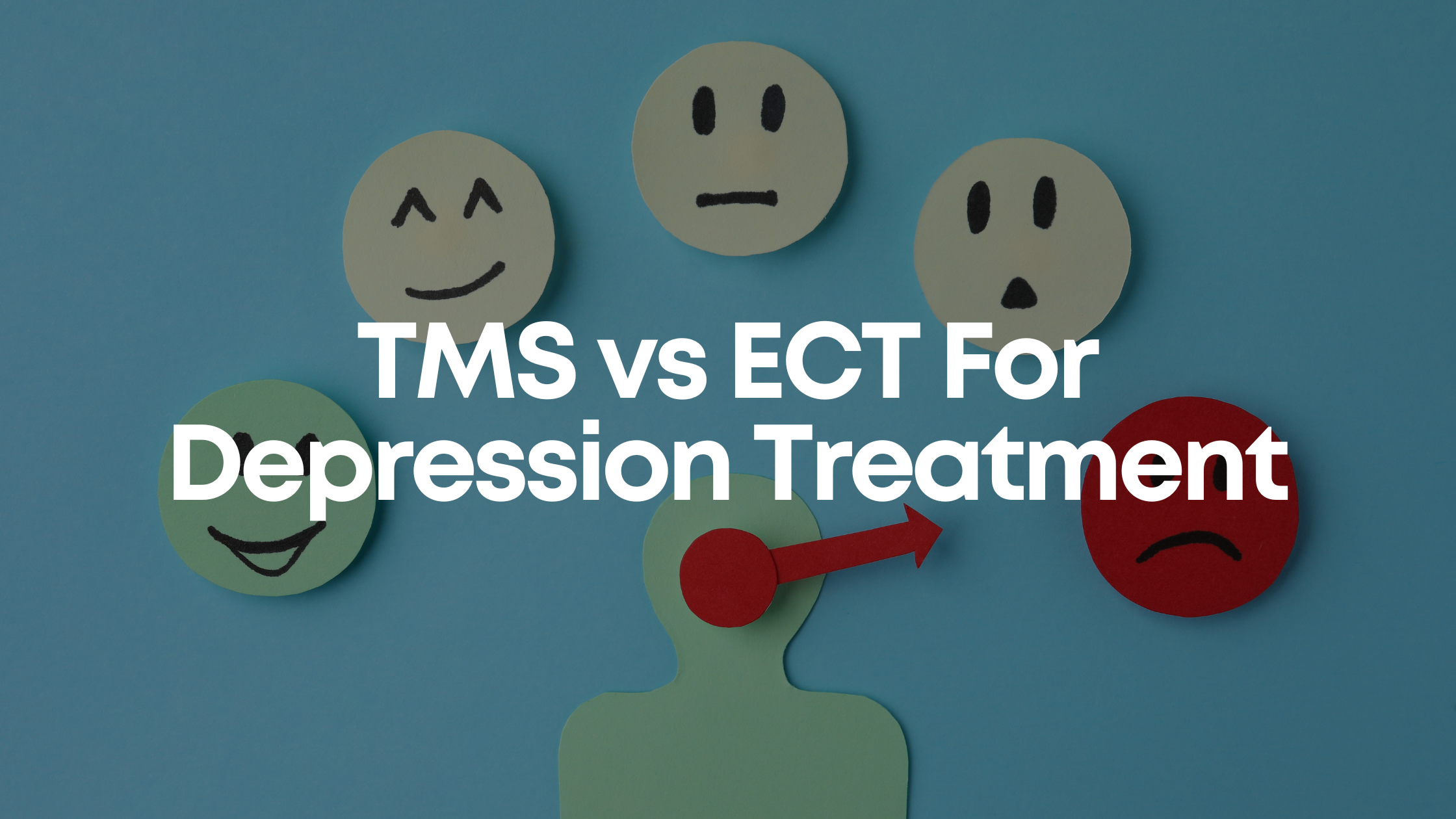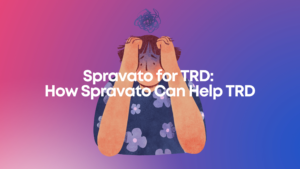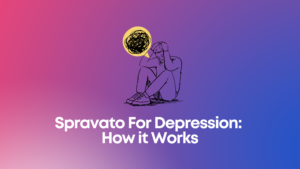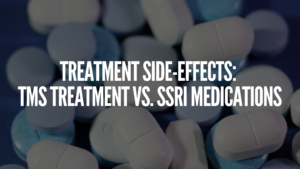Transcranial magnetic stimulation (TMS) and electroconvulsive therapy (ECT) are two types of brain stimulation therapies that have demonstrated effectiveness for hard-to-treat depression and other mental health conditions. But how do TMS and ECT actually compare? Here we’ll TMS vs ECT For Depression Treatment and examine the key differences between these two therapies.
What is TMS?
First approved by the FDA in 2008, TMS is a non-invasive, non-systemic treatment that uses magnetic pulses to stimulate nerve cells in the brain linked to mood regulation and depression. A treatment coil is simply placed against the scalp to painlessly deliver repetitive magnetic stimulation to the brain. Patients remain awake and alert during the entire session. The stimulation causes activation of mood-regulating neurons that are underactive in depression.
TMS is typically administered for 20-40 minutes daily for 4-6 weeks. A course of treatment allows the brain to essentially be “re-trained” and maintain improvements in mood after therapy is complete. TMS has few side effects and does not affect memory or cognition. Candidates for TMS include those with treatment-resistant depression who have failed medication trials.
What is ECT?
ECT or electroconvulsive therapy has been used in psychiatry since the 1930s and involves passing small electric currents through the brain to intentionally induce a brief seizure. Originally, the treatment was administered without anesthesia which led to fractures, dislocations and other negative outcomes. Today, ECT is performed under general anesthesia and muscle relaxants.
ECT sessions are typically delivered 3 times a week for a total of 6 to 12 treatments. The electrical stimulation triggers a seizure in the brain which has antidepressant effects. However, the exact mechanisms are still not fully understood. Along with depression, ECT has been used to treat bipolar disorder, schizophrenia, catatonia, and mania.
Key Differences Between TMS and ECT
- Administration: The main difference is TMS does not require any anesthesia or induce seizures. Patients are awake and there is no electrical stimulation. ECT relies on seizure induction under anesthesia.
- Side Effects: TMS side effects are minimal – mainly headaches and scalp discomfort during or after treatment. It does not impact cognition or memory. ECT often causes short-term memory loss and cognitive deficits that can last weeks or months.
- Invasiveness: TMS involves externally applied magnets so it is non-invasive. ECT requires passing currents through the brain making it more invasive. TMS does not require hospitalization.
- Candidates: ECT is considered a “last resort” treatment reserved for severe cases or when antidepressants and TMS have failed. TMS is appropriate for mild to moderate depression.
- Efficacy: For severe depression ECT demonstrates higher efficacy than TMS. But for mild to moderate cases TMS has proven very effective with minimal side effects.
- Maintenance: ECT requires ongoing maintenance sessions to prevent relapse after initial treatment. TMS effects and improvements are longer lasting without maintenance.
Deciding Between TMS and ECT
Overall TMS provides a non-invasive alternative to ECT with less adverse effects. It is not a replacement however as ECT may still be appropriate for certain individuals with extremely severe, treatment-resistant depression. For those with moderate symptoms TMS is often preferred given its safety and convenience.
When deciding between TMS vs ECT have an open discussion with your psychiatrist. Consider your diagnosis, symptoms, medication history, and treatment goals.
Want to Learn More?
If you or a loved one are struggling with depression or mental illness and are interested in learning more about TMS as a treatment option, please reach out to us today at info@psyfitms.com. We have helped many patients finally achieve long-term remission after medications failed them. Contact us now to find out how TMS could help you on your journey to recovery and wellness.




